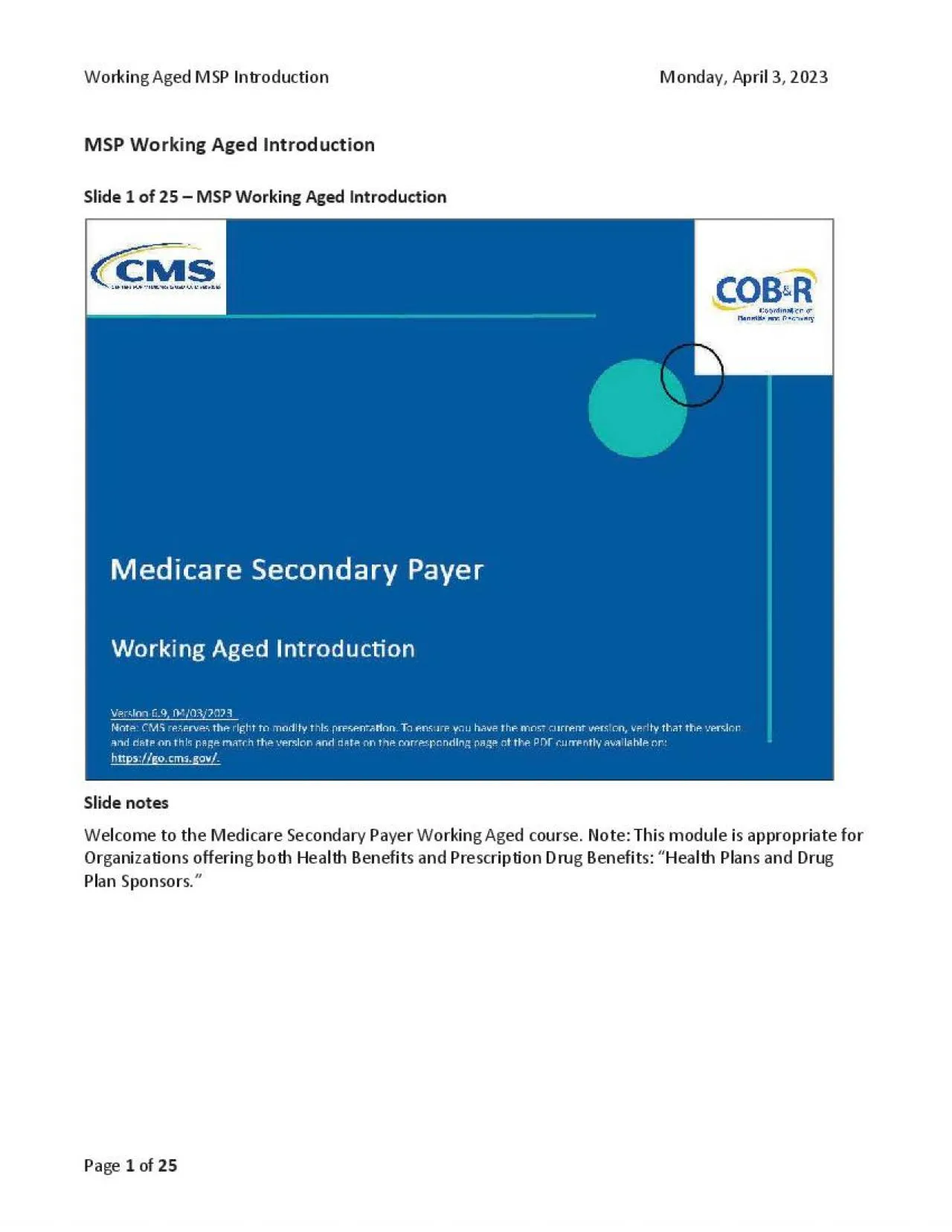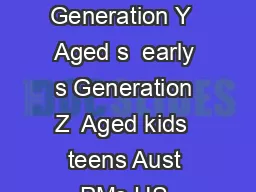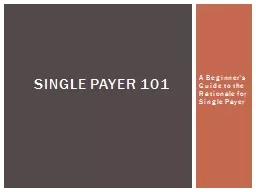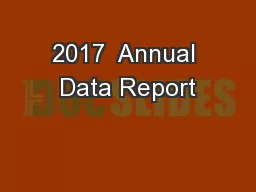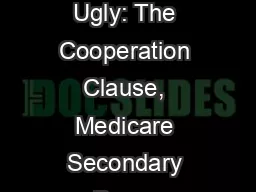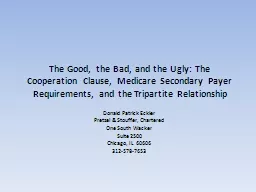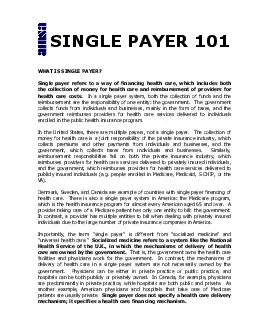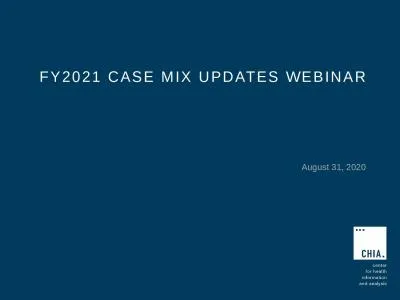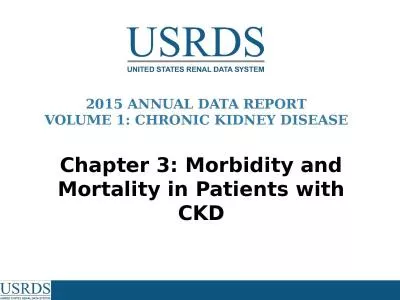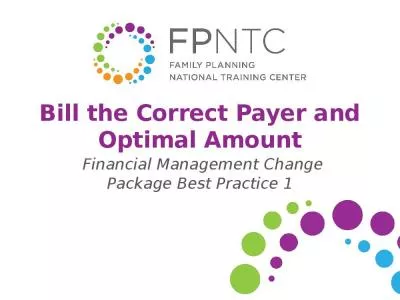PDF-Welcome to the Medicare Secondary Payer Working Aged course 1
Author : angelina | Published Date : 2021-10-08
2 While all information in this document is believed to be correct at the time of writing this Computer Based Training CBT is for educational purposes only and does
Presentation Embed Code
Download Presentation
Download Presentation The PPT/PDF document "Welcome to the Medicare Secondary Payer ..." is the property of its rightful owner. Permission is granted to download and print the materials on this website for personal, non-commercial use only, and to display it on your personal computer provided you do not modify the materials and that you retain all copyright notices contained in the materials. By downloading content from our website, you accept the terms of this agreement.
Welcome to the Medicare Secondary Payer Working Aged course 1: Transcript
Download Rules Of Document
"Welcome to the Medicare Secondary Payer Working Aged course 1"The content belongs to its owner. You may download and print it for personal use, without modification, and keep all copyright notices. By downloading, you agree to these terms.
Related Documents

